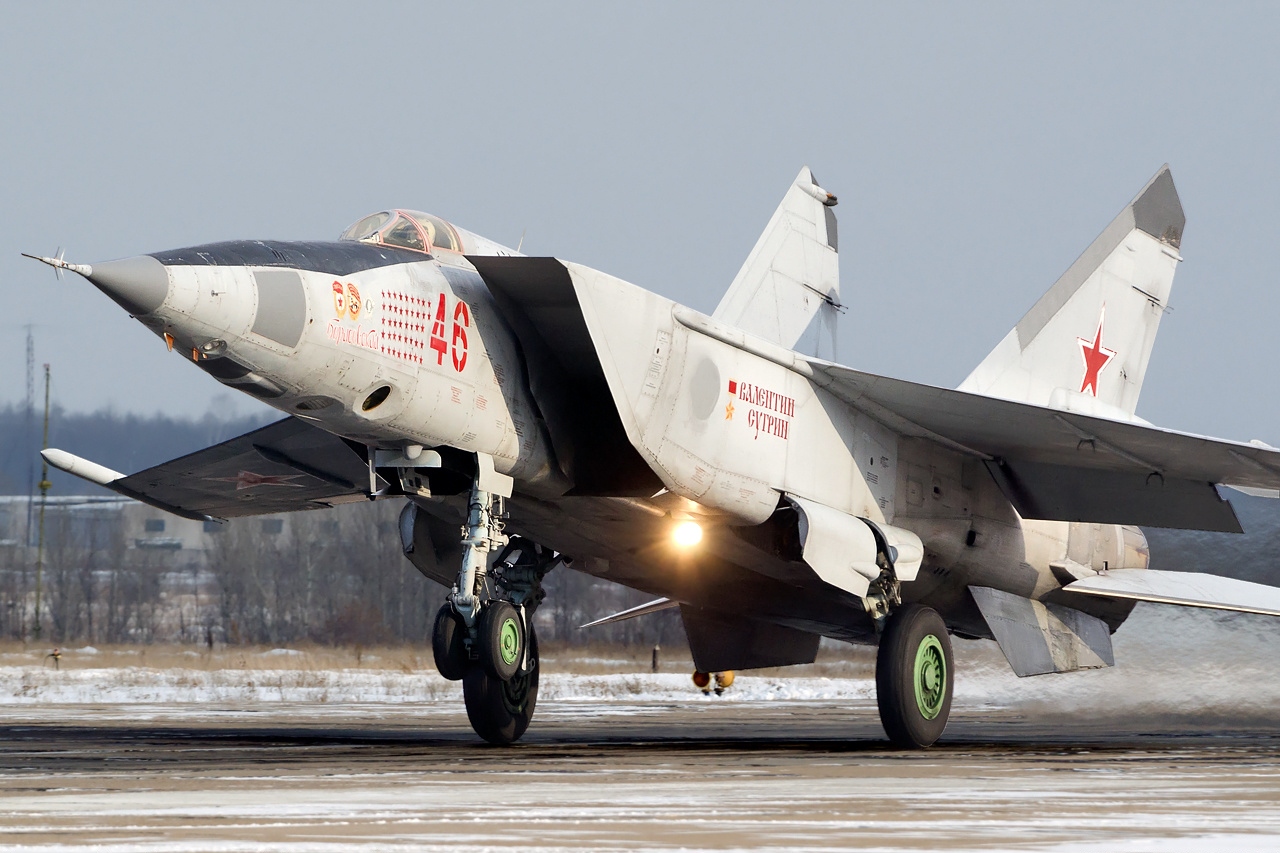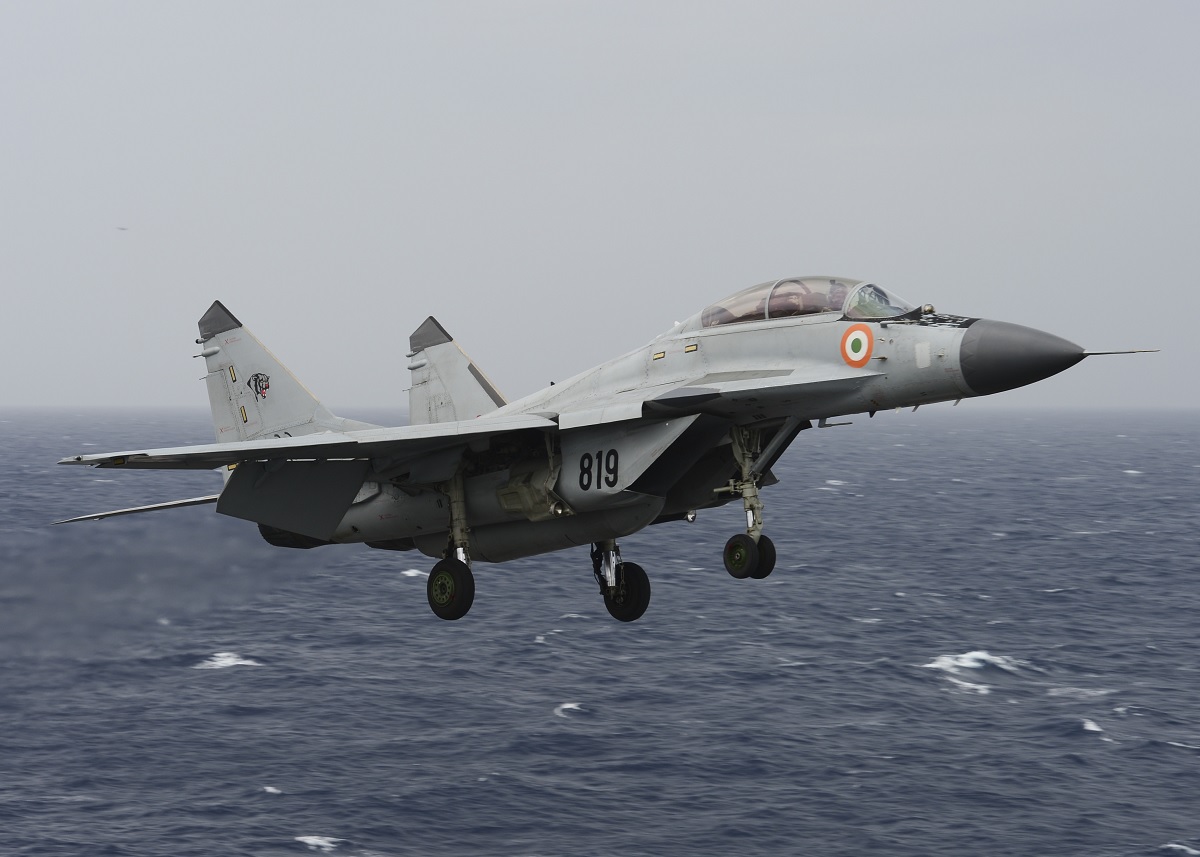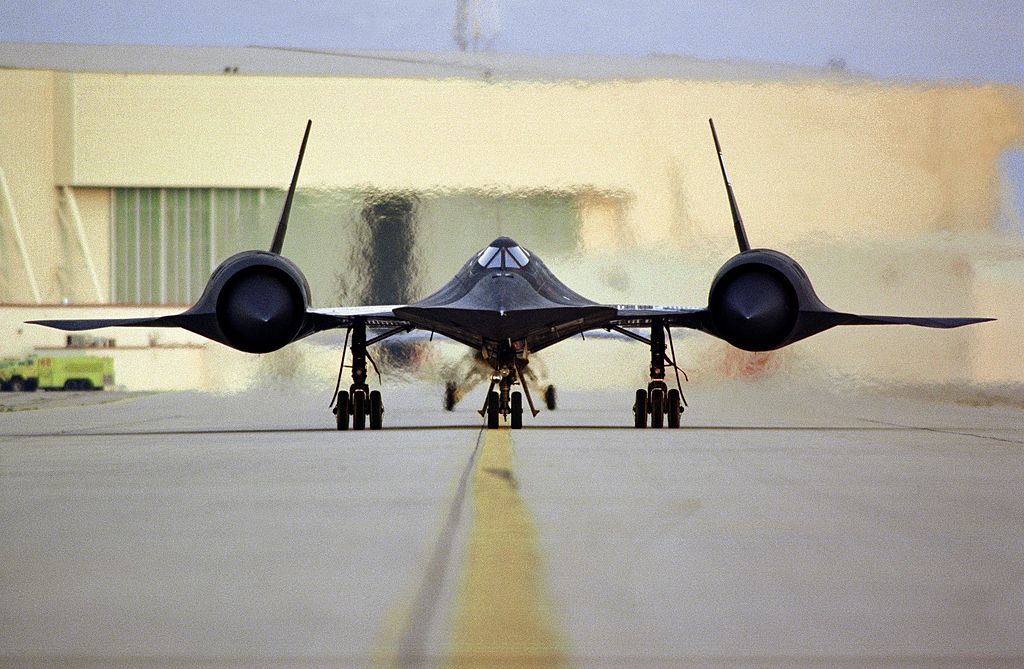The J58 turbine’s blades could withstand temperatures much higher than those of the Soviets, thanks to their technology. Consequently, the SR-71 Blackbird outperformed the MiG-25 Foxbat in terms of speed.
No reconnaissance aircraft in history has operated globally in more hostile airspace or with such complete impunity as the SR-71, the world’s fastest jet-propelled aircraft. From 80,000 feet, the SR-71 could survey 100,000 square miles of Earth’s surface per hour, cruising at Mach 3+ (three times the speed of sound) or over 2,000 mph. The Blackbird’s performance and operational achievements placed it at the pinnacle of aviation technology developments during the Cold War.
Why didn’t the Soviets come up with their own “SR-71” and build a counterpart warplane to the Blackbird?
‘The Soviets built the MiG-25,’ says Iain McClatchie, an aviation expert, on Quora.

‘Notice how huge those air intakes are? Compare that against a Mach 2 airplane:

‘Dynamic pressure is what holds the aircraft up and causes drag. It scales with air density linearly and with velocity SQUARED.
‘Air mass flow rate through the engines is what is needed for thrust. It scales with air density linearly and with velocity LINEARLY.
‘Since the wing works with dynamic pressure, dynamic pressure can’t vary more than a factor of 5 or so during the flight. So, if you want to go fast, you have to go high, where the air is less dense. For mass flow to keep up with drag, you’ll need big fat intakes. These aren’t going to work well at lower speeds.
‘The moment we saw the MiG-25, we knew it was designed to go fast like an SR-71/A-12, whose intakes are each nearly the size of the fuselage.

‘The other problem that a high and fast jet faces is hidden. The engine intake slows the air to subsonic flow before it goes into the compressor. The air’s kinetic energy turns into heat… the temperature rise goes as the SQUARE of velocity. The engine then has to compress that air (heating it more) and then add lots of heat before expanding it through the turbine. The turbine has to survive air heating in all three ways.’
McClatchie continues;
‘The J58 engine in the SR-71 was the first engine to use directionally solidified turbine blades, which were able to resist creep at higher temperatures than any blades before them. This is a critical technology. Without high-temperature turbine blades, you cannot make a jet engine fast.
‘In fact, the SR-71 and MiG-25 are both thermally rather than power-limited. Both have the reserve power to climb (rapidly) at full speed. Their speed is limited by the temperature of their turbines and not by power.
‘(These days, most turbine engines have hollow turbine blades, with “cooler” air from the compressor blown through them and out tiny holes in their leading edges. The air forms a film over the blade, insulating it from the heat of the surrounding gas. Neither the SR-71 nor the MiG-25 had these blades. Neither had the ceramic coatings we use today. These changes would have enabled an operating speed increase, but probably not more than Mach 3.6 or so).
‘As it turns out, the Soviets did not have the technology to make blades that could tolerate as high temperatures as the J58 turbine. As a result, the MiG-25 flew slower than the SR-71 (Mach 2.83 rather than Mach 3.4), and its engine did not last the 400 hours between overhauls that the J58 managed.’
McClatchie concludes;
‘That speed limit, btw, is a very abrupt speed limit. NASA squeezed a tiny performance increase out of the SR-71 by reducing engine life from 400 to 50 hours. A MiG-25 was tracked at Mach 3.2 over the Sinai in March 1971. That speed excursion would have only lasted minutes and the engines were scrapped after the flight.’
Check out Habubrats and Born into the Wilde Blue Yonder Facebook pages for further Blackbird photos and stories.
Top SR-71 Blackbird photo: Stuart Freer
Photo by NASA, U.S. Navy, Alex Beltyukov and Dmitriy Pichugin via Wikipedia

